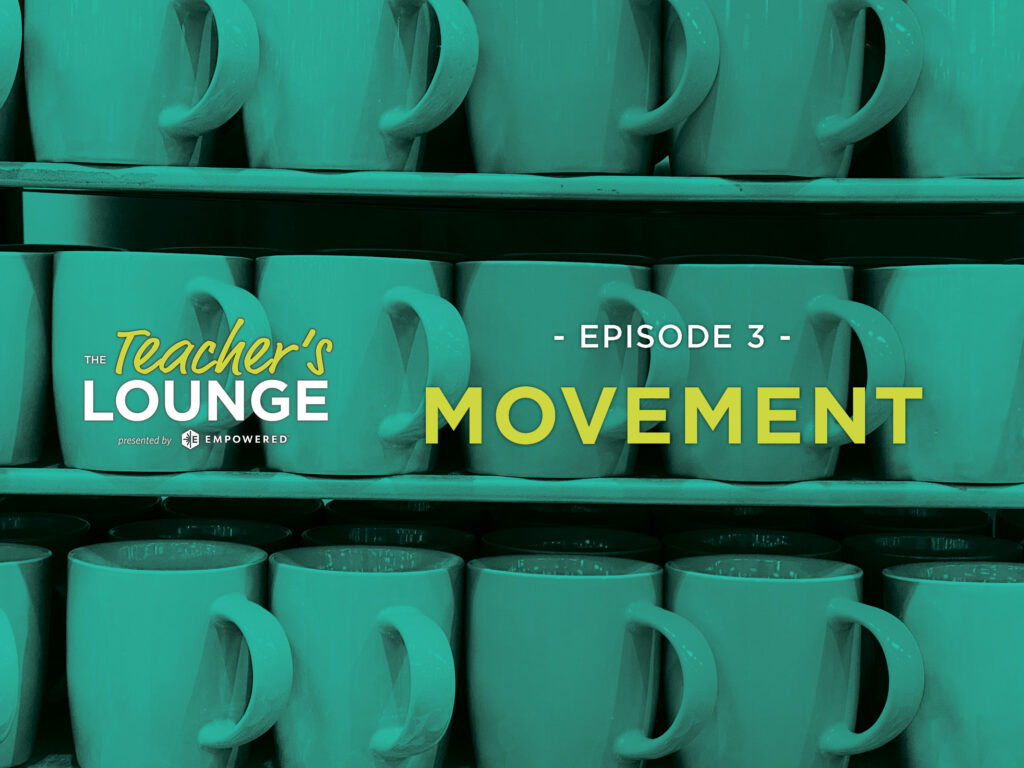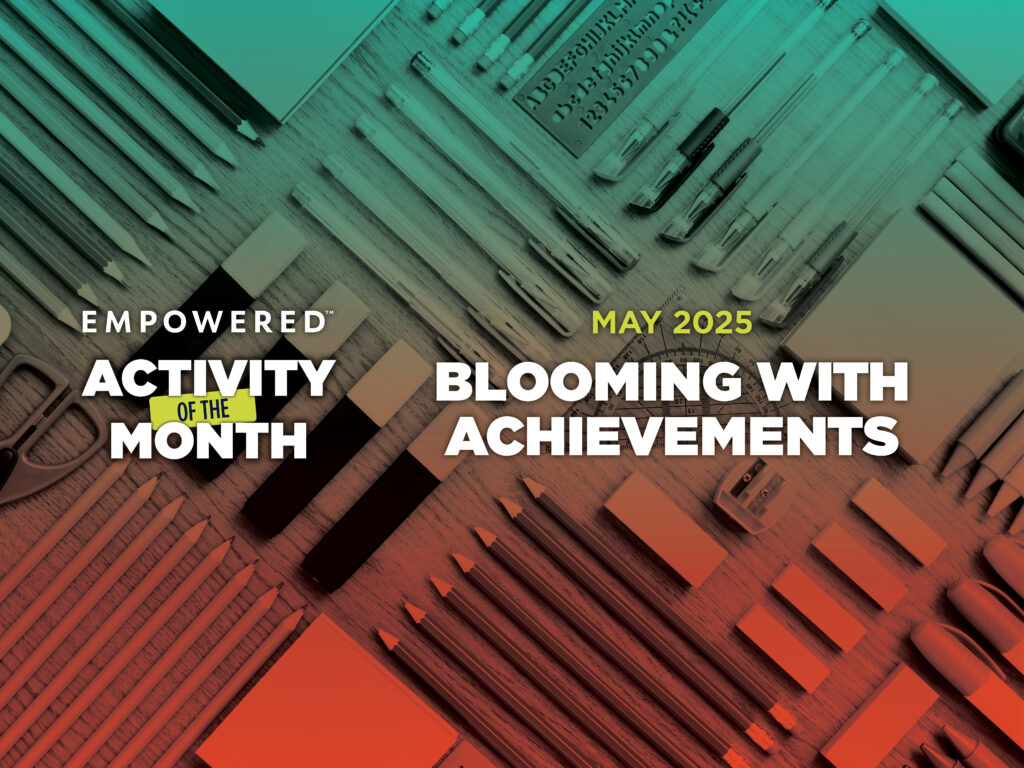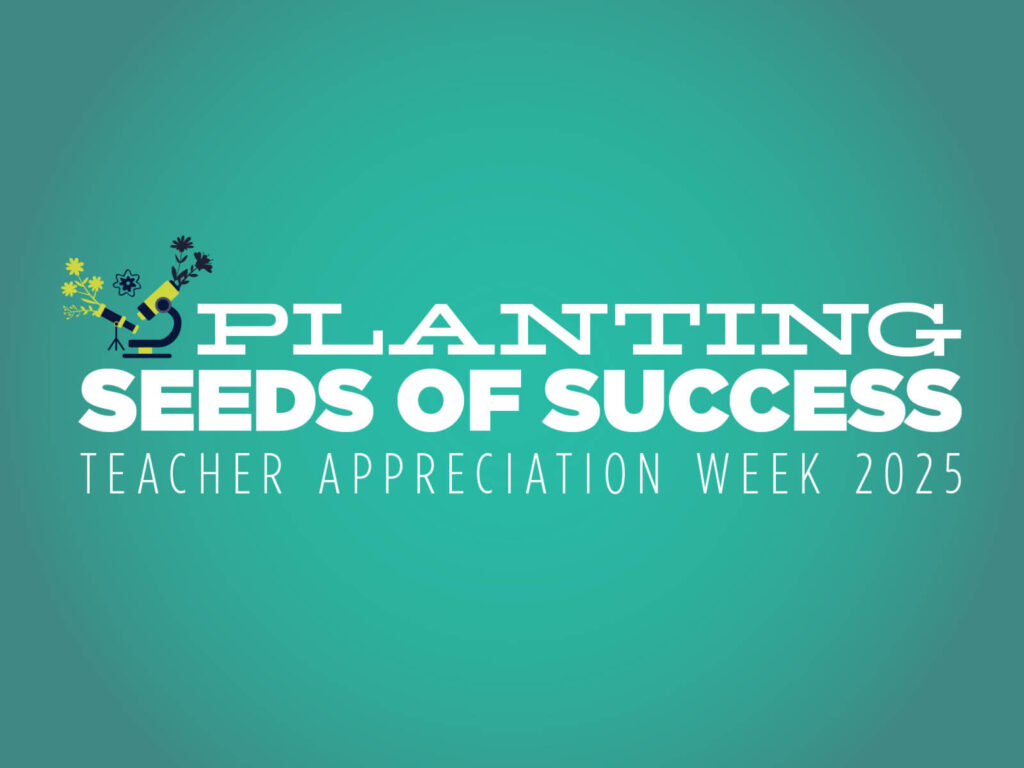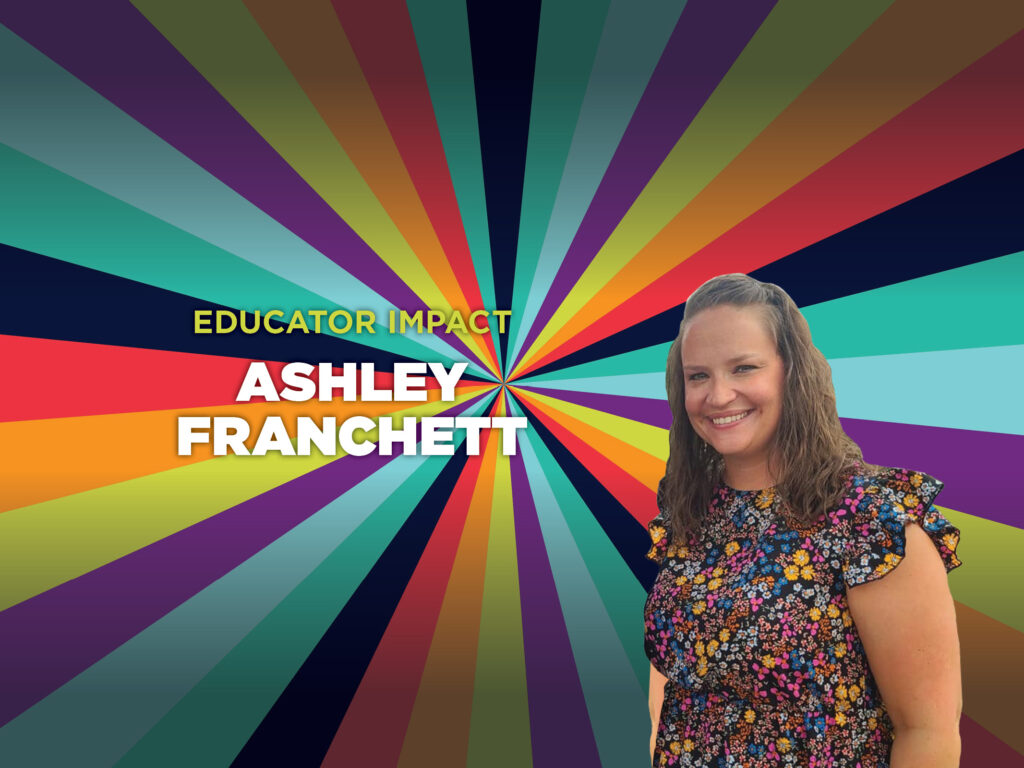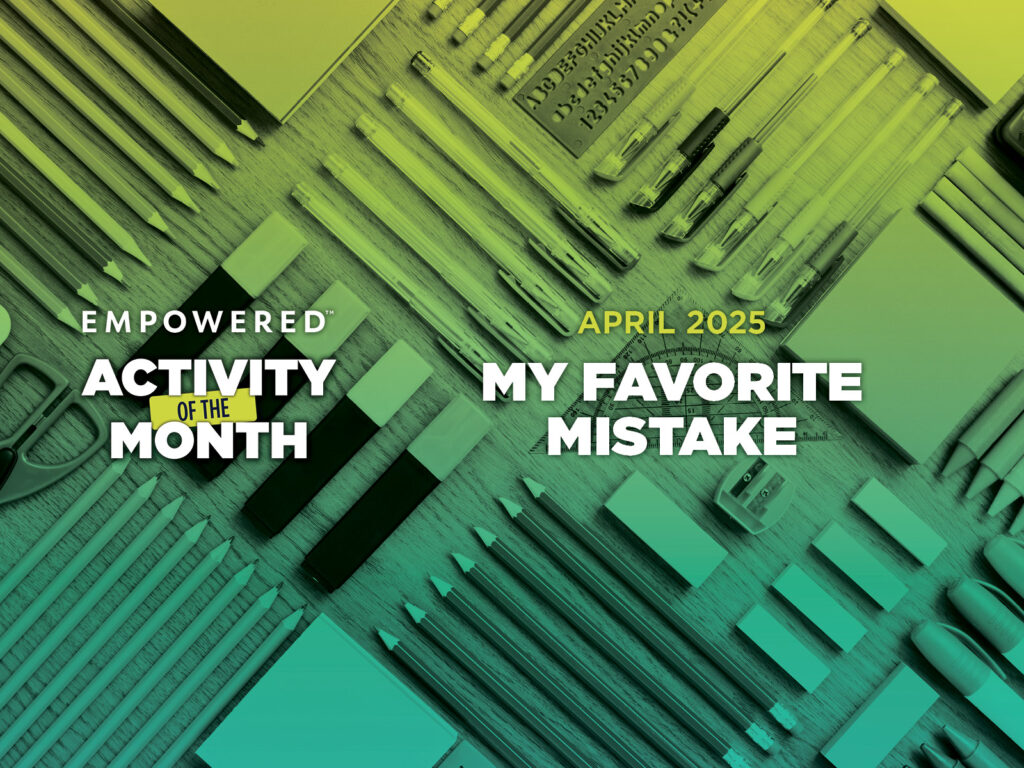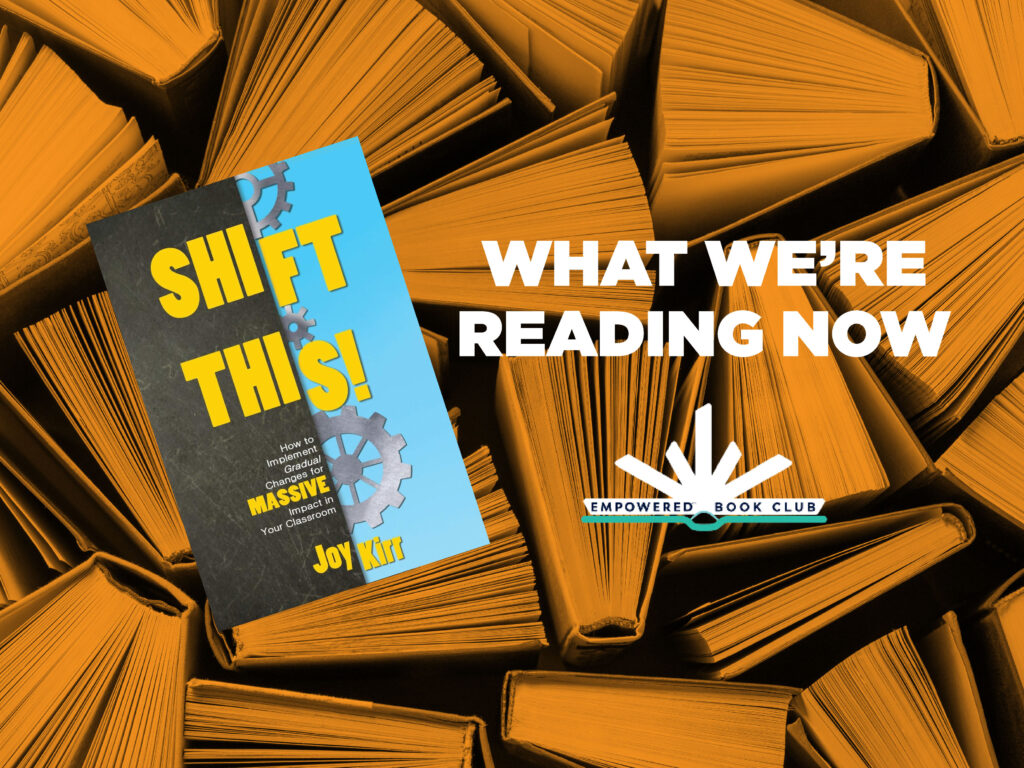Why “Special Needs” Isn’t a Life Sentence
When students with special needs slip through the cracks, they often land behind bars. What can we change this? How can we empower our most challenged learners?
Identifying Student Needs
We all know those students. Students who can’t sit still, whose eyes glaze over when given directions and yes, who can occasionally lash out. For students with learning, emotional, or behavioral disabilities, or history of trauma, every day can feel like a battle as they face insurmountable challenges in learning, regulating emotions, and socializing.
Beckett Haight, of San Jose, California knows exactly how that feels. Diagnosed with ADHD in the first grade, Haigh describes his childhood as a time of being “off the walls”. He was medicated to control his impulses. Years went by, different medications were tried, but little improvement was seen. Haight was still impulsive, was getting into fights and stealing. Haight was also diagnosed with ODD (oppositional defiant disorder). He found out years later from a teaching assistant who had worked in his school that he was the student that the teachers argued over, because no one wanted him in their classes.

The “school-to-prison pipeline” is a term that is well-known in the special education realm. But to general education classroom teachers and the larger community, this phenomenon may be less familiar.
He was expelled from his school and went into juvenile detention for the first time in sixth grade. By the end of junior high, he spent most of his time drinking and smoking marijuana. Finally, during the summer before ninth grade, he hit a low point. He had a few arrests. When his mom found his stash of stolen things, she called the police. Haight went to rehab. By 15, Haight had a criminal record and little hope for his future.
Feeling Alone is Not Unique
The story of Haight’s experiences as a special education student is hard to digest. The challenges he went through, the times he spent in juvenile detention — many of those moments may have been avoided if he had gotten the help he needed. Sadly, his journey from the classroom to the criminal justice system is a common one that is occurring across the country.
IEPs Don’t Imply Criminality
According to a data snapshot by the U.S. Department of Education’s Office for Civil Rights, students with disabilities represent fully one quarter of all students arrested and/or referred to law enforcement, despite making up just 12% of the overall student population. It’s the sad reality that we don’t want to face. Students with special needs face more than double the risk of falling into the criminal justice system while in school. It gets even more pronounced as they progress into adulthood.
Kim Lybolt, the Director of Special Education and Student Services in the Hudson City School District in Hudson, New York, has a front row seat to the school-to-prison pipeline. “It doesn’t surprise me -— the students who end up in trouble with the law, based on things that happened in the school,” Lybolt says. “Now, when you have a kid who’s already engaging in maladjusted behavior, you’ve got nothing left but to classify them.” Faced with the frustrating reality for these students, Lybolt passionately stresses the importance of teaching independence and hope. “We have to be more deliberate and intentional on our part in terms of teaching kids self-control, self-advocacy, self-reflection,” Lybolt continued, “That’s where we’ll see the greatest gains.”
Classifying students and providing them with IEPs, 504s, graphic organizers, preferential seating, counseling, one-to-one aides, and a host of other accommodations can be a step in the right direction, but more often than not, it’s not enough. Students with disabilities often struggle to regulate their emotions and advocate for themselves. As a result, they’re more likely to experience disciplinary actions that remove them from the learning environment. In fact, students with disabilities are 2x+ as likely to receive an out-of-school suspension (13%) than students without disabilities (6%), according to the US Department of Education.
Special Needs Students More Likely to Struggle
Instead of behaviors improving, students with disabilities are often left to feel alienated, and when this is coupled with the inability to regulate emotional responses, they are set up for failure — lacking purpose, identity, or a connection with their own value. Without the support they need in school, they fall through the cracks, and find themselves marred in a cycle of crime and recidivism.
Matt Moran, 37, of Westtown, New York, spent six years preparing inmates at the Orange County Correctional Facility in Goshen, New York, to take the Test Assessing Secondary Completion (TASC) so they could receive their high school equivalency diplomas. He witnessed firsthand the embarrassment that students with IEPs and 504s had felt surrounding their disabilities before landing in jail. The gaps in resources available to them, and the stigma of classification, were part of their path from school to jail. It was emotional to even hear about.
“Some of these kids had dropped out at such a young age, 16 or 17 years old,” explained Moran. “This is part of the other side of the stigma. When you get left behind – you’re in a class with 14-year-olds.”
I heard that so many times — ‘I didn’t want to be in class with little kids.’ It wasn’t just because they didn’t try all the time. It’s because they had difficulty reading, it’s because they needed these extra mods that sometimes in a larger school setting, they weren’t able to get. Even with the IEP, even with the 504, overcrowded classrooms and not enough resources, the school wasn’t able to meet those goals, as much as they tried.”
What Can We do to Empowered Students
Lybolt recounted the experiences of a former student she had worked with who had experienced “significant trauma at a young age” and was then adopted. Though the student received a great deal of support and was even placed in a “residential private special education school paid for by the district,” her intense emotional and mental health difficulties led to a pattern of suicide attempts and drug use. It means she can’t maintain steady employment, can’t take care of her child, and can’t pull herself out of an endless feeling cycle of challenge.
Within the boundaries of a challenged system, this girl’s teachers and district did everything they could to support her. Their efforts and the resources provided simply weren’t sustainable. “Our programs are designed to give students the tools to use as adults,” Lybolt says, “but there definitely seems to be a gap between the intensity of support available in the school system and the adult world where no one is calling you, knocking on your door to show up at your appointments.” In our work to support our struggling learners, we run the risk of stunting their independence and sense of self.
Without an eye on each student’s path to self-discovery they fall into a school-to-prison pipeline. Tests, yearly progress, and near-arbitrary “success” metrics all support a system to let those most in need simply fall away. Behaviors in the classroom lead to suspensions, gaps in learning widen, and frustrations and self-doubt reach new heights.
Teachers are the Solution
It starts by empowering teachers. Entrusting us to build a classroom around discovering and developing the unique talents of each learner. Entrusting us to build solid, real relationships. “You’re not just another teacher — you actually give a crap. Once [the kids] realize that, you can get through to them,” Moran says.
For students with disabilities, authentic relationships with people who care can make a world of difference. But that’s just the beginning. The right resources and life skills support need to be available. “We have to be more deliberate and intentional in terms of teaching kids these things, right?” Lybolt asks. “So, self-control, self advocacy, self-reflection and not hiding the fact that a kid has a learning difference or a learning disability or an emotional disability or whatever. But almost embracing it, saying, ‘This is me, it’s ok, and these are the strategies I need to go over it, go around it, or go through it.’”
Beckett Haight’s story didn’t end in rehab. For him, rehab was where his future of self-awareness and worth began. He did ten months of in-patient care and sobered up. With new medication regulating his ADHD and an IEP finally in place, he was able to slow his brain down and look at his life and assess where it was going. He remembers thinking about his future for the first time and realizing he couldn’t rely on his mom’s help forever. Until that point, the thought had never even crossed his mind. As he explained it, most kids with ADHD simply can’t think deeply like that, because their mind has already moved on to the next thing.
Turning Things Around
Haight maintained his sobriety and went on to college. He was finally in control of his impulses, his future, his life. With that control, he decided to use the first-hand wisdom gained in his childhood to make a difference for kids like him. Today, at 38, he is a special education teacher. He has spent the last 15 years touching the lives of students with a range of disabilities and needs. He’s the changemaker that he always needed, and he’s making change from the bottom up.
His advice for teachers of students with special needs is to give a purpose to what you are doing and help students realize that your actions are coming from a place of helping them achieve their goals. Supporting our students with disabilities goes beyond the goals listed on IEPs and 504s. By building relationships and empathizing with our students, we can begin to repair this broken system. Only then can all of our students feel empowered.
Useful Links
- Click here to learn more about and to join the Empowered Community
- Click here to learn more about Empowered’s free resources inside Empowered Hub
- Click here to share your thoughts on Teacher Talk inside Empowered Hub. (Free account required, click here to create your account.)

